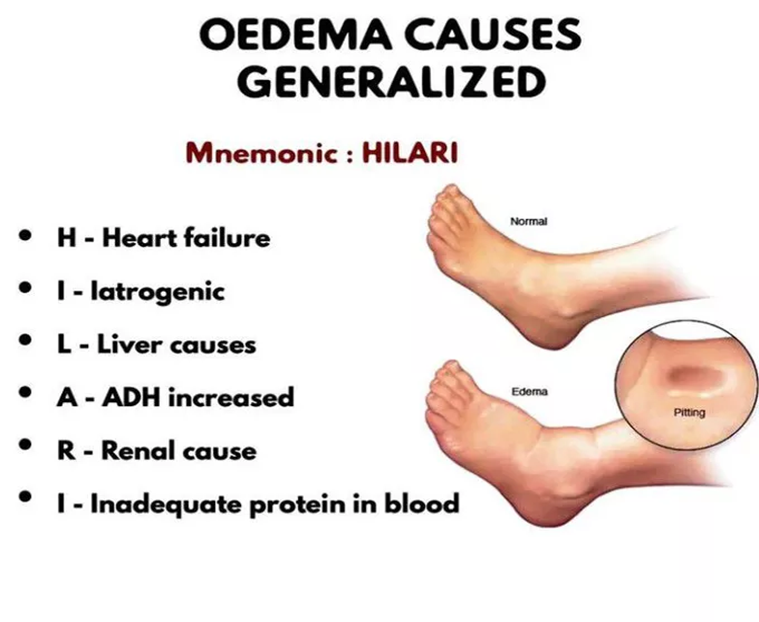A nurse and a community health team are wrapping up their plan for community implementation. They have been using the Strategic Prevention Framework. Which of the following is true about the Strategic Prevention Framework?
It should only be used for substance abuse prevention efforts.
It should only be used with youth populations.
It can be adopted for a variety of community issues.
It was developed by the World Health Organization.
The Correct Answer is C
Choice A Reason:
It should only be used for substance abuse prevention efforts. This statement is incorrect. While the Strategic Prevention Framework (SPF) is often used in substance abuse prevention, its principles and steps are versatile and can be applied to a wide range of public health issues. Limiting its use to substance abuse prevention does not fully utilize the framework's potential.
Choice B Reason:
It should only be used with youth populations. This statement is also incorrect. The SPF is designed to be flexible and applicable to various populations, not just youth. It can be used to address health concerns across different age groups and demographics, making it a valuable tool for diverse community health initiatives.
Choice C Reason:
It can be adopted for a variety of community issues. This is the correct answer because the SPF is a comprehensive framework that can be tailored to address multiple public health challenges. Its structured approach to assessment, planning, implementation, and evaluation makes it suitable for a wide range of issues beyond substance abuse, including mental health, chronic disease prevention, and more.
Choice D Reason:
It was developed by the World Health Organization. This statement is incorrect. The Strategic Prevention Framework was developed by the Substance Abuse and Mental Health Services Administration (SAMHSA) in the United States. It is not a product of the World Health Organization, although its principles are consistent with global public health practices.
Nursing Test Bank
Naxlex Comprehensive Predictor Exams
Related Questions
Correct Answer is B
Explanation
Choice A: "True Positives are Represented in the Table Cell that Indicates the Person Does Not Have the Disease and the Test Indicates Disease."
This statement is incorrect. In a two-by-two table used to evaluate diagnostic tests, the cell representing true positives is where both the test result and the actual disease status are positive. This cell indicates that the test correctly identified individuals who have the disease. The statement here describes a false positive, where the test indicates disease, but the person does not actually have it.
Choice B: "True Positives are Represented in the Table Cell that Indicates the Person Has the Disease and the Test Indicates the Person Has the Disease."
This statement is correct. True positives are indeed represented in the cell where both the test result and the actual disease status are positive. This means the test has correctly identified individuals who have the disease. This cell is crucial for calculating the sensitivity of the test, which measures the proportion of actual positives correctly identified by the test.
Choice C: "True Positives are Represented in the Table Cell that Indicates the Person Has the Disease and the Test Does Not Indicate Disease."
This statement describes a false negative, where the person has the disease, but the test fails to detect it. This cell is used to calculate the test's sensitivity, but it does not represent true positives. False negatives are critical to understand because they indicate cases where the test missed the disease.
Choice D: "True Positives are Represented in the Table Cell that Indicates the Person Does Not Have the Disease and the Test Does Not Indicate Disease."
This statement describes true negatives, where the test correctly identifies individuals who do not have the disease. While true negatives are important for calculating the specificity of the test, they do not represent true positives. Specificity measures the proportion of actual negatives correctly identified by the test.
Correct Answer is D
Explanation
Choice A Reason:
Ensuring the client has been taking their prescribed diuretic is important in managing heart failure. Diuretics help reduce fluid buildup, which can alleviate symptoms like edema and weight gain. However, this action alone may not be sufficient if the patient is already experiencing significant symptoms. Immediate consultation with a healthcare provider is necessary to adjust the treatment plan appropriately.
Choice B Reason:
Reinforcing the importance of daily weights is a crucial educational intervention for patients with heart failure. Monitoring daily weight helps in early detection of fluid retention, allowing for timely intervention. However, given the patient's current symptoms of significant weight gain and generalized edema, immediate action is required beyond just reinforcing education.
Choice C Reason:
Documenting the findings and continuing with the visit is part of the nurse's responsibilities. Accurate documentation is essential for tracking the patient's condition over time. However, in this scenario, the patient's symptoms indicate a potential exacerbation of heart failure, which requires prompt medical attention. Simply documenting without taking further action is not sufficient.
Choice D Reason:
Calling the healthcare provider for further instructions is the most appropriate action in this situation. The patient's weight gain and generalized edema suggest worsening heart failure, which may require adjustments in medication or other interventions. Immediate consultation with the healthcare provider ensures that the patient receives timely and appropriate care to prevent further complications.

Whether you are a student looking to ace your exams or a practicing nurse seeking to enhance your expertise , our nursing education contents will empower you with the confidence and competence to make a difference in the lives of patients and become a respected leader in the healthcare field.
Visit Naxlex, invest in your future and unlock endless possibilities with our unparalleled nursing education contents today
Report Wrong Answer on the Current Question
Do you disagree with the answer? If yes, what is your expected answer? Explain.
Kindly be descriptive with the issue you are facing.
